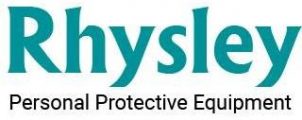
Surgical face masks: Cause, Effects, Preferred Solutions
Is maskne an actual word? Many women have been suffering from acne breakouts due to the continuous use of surgical face masks. So, this situation is called a maskne. As we know, you suffer from this situation. It is high time that we tell you the cause, what needs to be done to your face, and some precautionary steps before you wear your mask.
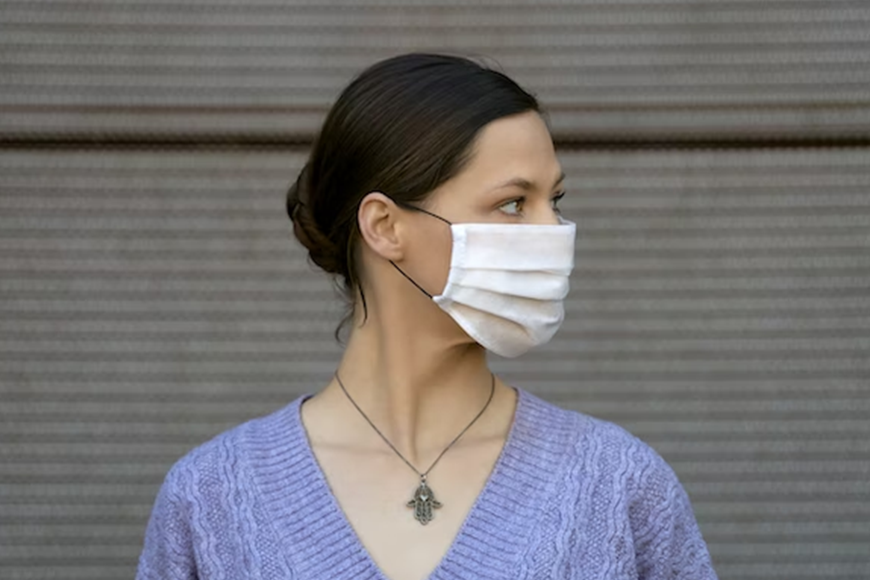
Cause
When the pores gets blocked, it causes maskne. Your skin is covered in oil, germs, and dead skin cells. However, these compounds might accumulate more and clog your pores when you’re wearing a mask. A mask also retains moisture from your respiration and perspiration, which could make skin breakouts more likely. Friction is another conceivable factor. Your skin may chafe and get irritated if a face covering rubs against it. Alternatively, you can be allergic or sensitive to the material used for your face mask. Some masks include chemical pre-treatment or have an uncomfortable texture on the skin. In a similar vein, the discomfort could result from washing a mask in a fragrant detergent.
Precautionary measures: Face
- Frequent washes: Regular face washing is advised, such as once in the morning, once before bed, or immediately after exercising. Wash your face with warm water—not hot. Dry your skin with a clean towel. Avoid rubbing your skin, as doing so could aggravate it. Use inexpensive cleaners and soaps.
- Prefer cleanser: Excess oil, sweat, and bacteria can be removed with a gentle cleanser without harming your skin. Avoid using cleaners with alcohol or scent in them. These components may irritate you and make it more difficult for your symptoms to get better. Try a medicated cleanser with salicylic acid or benzoyl peroxide if your acne is more severe. If you have sensitive skin, ask your doctor or dermatologist what type of medicated cleanser is best for your skin.
- Hydrating moisturizer: Apply a moisturizer to your face after washing it to keep your skin nourished. Use one that is non-comedogenic to ensure that your pores are not clogged.
- Cortisone cream: If your skin is overly sensitive, you might want to combine the application of a ceramide-containing moisturiser with a moderate cortisone lotion. This can lessen itchiness and irritation while also protecting your skin.
N.B.: Give a break to makeup, when you have to step outside and wear a mask. Because if you wear makeup and then wear a mask, hat it might cause you rashes, skin breakouts and reddening which you don’t want.
Precautionary measures: Mask
There is no denying that wearing surgical face masks are the new normal. And you cannot avoid wearing a face mask in any way. Especially, not when you are in public or at a hospital or medical facility. So, in this case, you need to follow some simple rules to make the best use of masks.
1. Do not use the same used masks for more than 1-2 days
2. If you are using an N95 respirator, try to reuse the masks alternatively and store each one of them in a separate zipper bag and seal it properly.
3. If you are using a fabric mask, please wash it after every use to avoid mould development. 4. No matter how much of a hurry you are in, you must ensure that whichever face mask you have chosen for the day, it should snugly fit your face, lets you breathe comfortably and is clean.
How valved N95 masks manufacturers work?
Most of the valved N95 mask manufacturers undergo inspiration-direction testing (from outside to inside) which is conducted for each valved mask they make. The effectiveness of the filter and leakage to the face is tested.
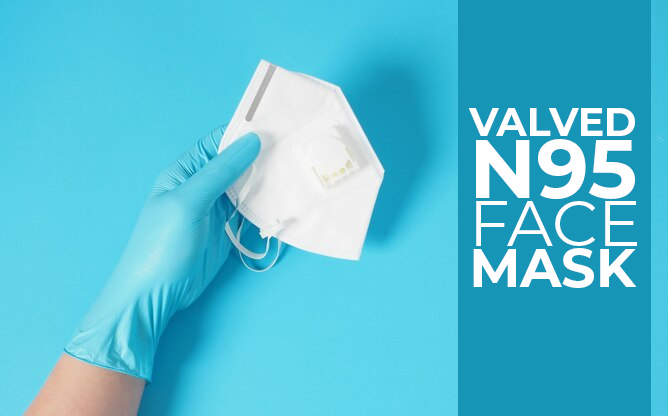
Standards
- European standard EN 149: 2001. This standard distinguishes three categories of disposable particle respirators:
- FFP1: The least filtration of the three masks, with a minimum aerosol filtration of 80% and a maximum interior leakage of 22%; primarily used as a dust mask (home renovations and various types of work).
- FFP2: This type is primarily used for the construction industry, agricultural industry, the pharmaceutical industry, and is also a good fit for healthcare professionals to protect against influenza viruses or respiratory illnesses like avian flu, SARS, pneumonic plague, tuberculosis, and most recently the new coronavirus. Minimum 94% filtration percentage and maximum 8% leakage to the inside.
- FFP3: It is the most filtering mask of the FFPs and guards against extremely small particles like asbestos, with a minimum filtration percentage of 99% and a maximum leakage to the inside of 2%.
- United States Standards: NIOSH (National Institute for Occupational Safety and Health) requirements for respirators must be followed. Depending on the level of oil resistance, there are different classes of respirators under this standard:
- Class N: Absolute resistance to oil. There is a distinction between N95, N99, and N100 masks. The percentage of filtration of suspended particles is indicated by the number that follows the letter.
- Class R: This mask R95, R99, and R100 can hold up to eight hours of oil resistance for the mask.
- Class P: An oil-resistant type. And there are P95, P99, and P100 exist.
Because of this standardization, a valved mask has several purposes. Let us see:
- Tuberculosis: Here we will see how a valved mask is used in various situations post-testing.
- The contagious patient: To prevent contamination of the environment from saliva or upper respiratory tract secretions released during exhaling, one is required to wear a surgical mask.
- The caregivers and Visitors: In the event of multi-resistant tuberculosis or other very high-risk circumstances, it is important to use a protective mask of at least class FFP1 or FFP2 (class N or R in the United States) (intubation, induced sputum, etc.).
- Coronavirus, SARS & H1N1: Here we will see how a valved mask protects the patient and a caregiver.
- The contagious patient: A contagious patient must wear a valved N95 mask the moment the testing results come positive.
- The caregivers: When caring for a patient who is infected or suspected of being contaminated, it is essential to use a protective mask of at least class FFP2 or FFP3 (Class N, R, or P in the US) for maximal particle and aerosol filtering.
- Anthrax type bioterrorism: Wearing an FFP2 or FFP3 respirator is required (Class N, R or P in the United States).
A valved N95 mask has more benefits than people know of. So, the market analysis tells us there is a steady increase in the number of sales made as we could see that a valved N95 mask is used for coronavirus as well as for other contagious diseases. And responsible valved N95 masks manufacturers are playing a good part in making all of the mentioned things possible by making boxes of these masks that follows all standardization process.
How to distinguish a real 3 ply surgical mask manufacturing company?
Normally you never come across counterfeit masks. But sometimes you have found a deal that is super easy to avail and is much cheaper than the regular price. Upon usage, you may come to know that the mask is fake, and the 3 ply surgical mask manufacturing company making that kind of mask is also fake.
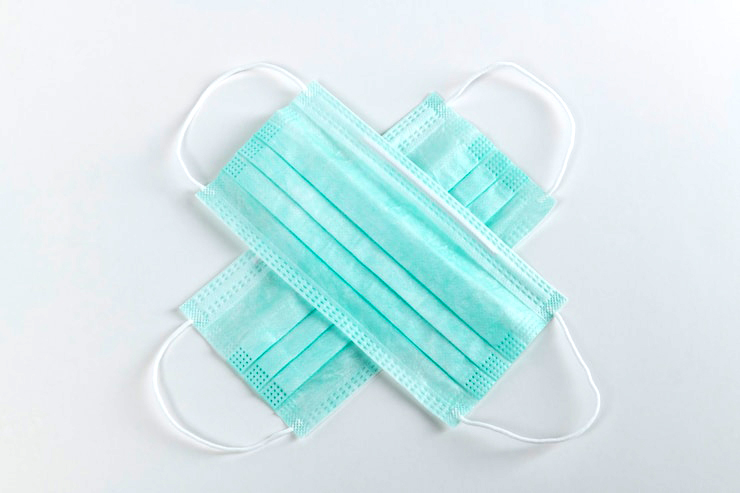
This article will give you an overview.
Definition of a good surgical mask
Good surgical masks that work efficiently are made of three layers of non-woven fabric:
- An inner layer in contact with the nose and mouth that absorbs moisture
- An outer hydrophobic layer that prevents droplets from entering the mask
- An intermediate layer that stops microorganisms, bodily fluids, and particle pollutants
A Charged layer
The intermediate fibre layer is made of electret polypropylene, which was “charged” by a powerful electrical discharge while the fibres consolidated during manufacturing. The effectiveness of mechanical filtration is significantly increased by this electrostatic charge.
Real vs Counterfeit (3-ply surgical mask manufacturing company)
- Check the packaging: The packaging must state the following:
- the reference to the NF EN 14683+AC standard
- the type of mask (e.g. type IIR)
- Parts of surgical mask: This is an important step that we cannot miss.
- To make the mask suit the nose, there should be a metal bar that bends well over the bridge. The cheek-covering mask should be secured with rubber bands. Inhale deeply while placing your hands (or a plastic bag) on the mask. If you can breathe easily, the mask is defective because there are too many side leaks.
- You must pay attention to all three layers while cutting the mask.
- “The filter” is the middle, opaque, white layer. Bring it close to extremely little pieces of paper or dust to test its electret characteristics. If they are drawn to static electricity, the mask is of good quality. If not, it’s not good.
- Place the middle layer in front of a light to evaluate its mechanical filtration capabilities. The mask is defective if you can make out a regular weaving pattern in transparency. A high-quality mask will have felt fibres are woven together in all directions and a uniform surface.
- A genuine mask should have a plastic inner layer consisting of polypropylene or polythene; counterfeit masks frequently have inferior materials mixed with paper. Try to burn the intermediate layer with a lighter’s flame (in a safe environment). It’s a horrible mask if it burns. If the mask curls, it is of high quality (made of polypropylene).
- One of the layers of the mask is frequently hydrophobic. To test this, hold the mask’s edges in a rectangle and run a small amount of water over it. If the water beads up inside the rectangle as it would in plastic, the mask is of high quality. It’s dangerous if the water seeps through or gets on the mask.
Conclusion: If all of your testing results are positive, then the manufacturer company is real. But if your results come negative, then the manufacturer company is a fake one.
Why face mask manufacturing business is a hit?
There has been a boom in the number of entrepreneurs since the COVID wave. The business plays a pivotal role to make or break the image of an entrepreneur. It will be not wrong to say that the face mask manufacturing business is a flourishing business. One can easily see that to curb the ongoing demand there has been the entry of new face mask companies. How becoming a face mask manufacturer is a fruitful journey we will see in this article.
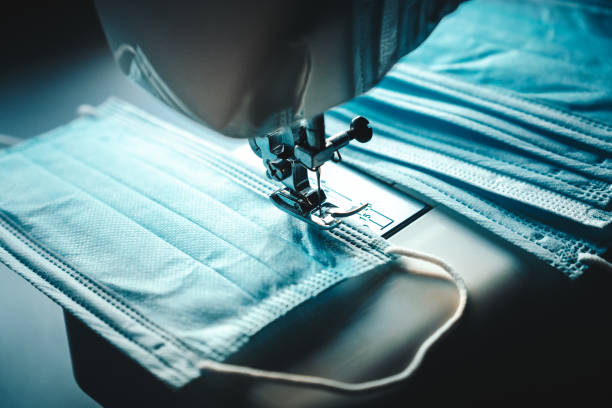
- No vaccination: You would not agree with this statement. We all have been vaccinated. Well, at least half of the world’s population among adults have been vaccinated. But the truth is- a person can get infected even if he/she has been vaccinated. So, the only source of equipment that can protect us is face masks.
- Immunity System: The main cause of the high demand for face masks in the current market is the deteriorating health of many people. The fatal COVID-19 pandemic is therefore spreading more and more frequently, which is the main reason for investing in the face mask manufacturing industry.
- Rising fear: A business is solely based on human emotion and in this business it is fear. The fear of losing someone oh-so-dear. And to protect you and your loved ones it is important to buy and wear face masks at all times.
- Variety: There is a large variety of masks to be manufactured and sold. So there is always a plus point for a manufacturer. If any of the product lines do not sell due to inefficiency or maybe market competition. Then a good manufacturer can concentrate on other product listings to compensate for profit margins. In the mask manufacturing business, there is always scope for more.
- Potential: A face mask manufacturing business can be a hit if we study and list all the highs and lows of the market. The life span of the face mask is limited (currently it is 3-4days if you reuse it). So the demand for the face mask is at an all-time high whenever the COVID wave is in full flow. A face mask is not a seasonal protective gear, a person should need it at all times of the year.
- Investment: The best part of a face manufacturing business is that this business can be started with a nominal price i.e. with very little investment. You can easily arrange the finance of your business as the raw materials needed, machinery required, setting of the warehouse, payments of the staff and running costs. And only a portion of your finances will be used for license, registration and certification.
- Raw materials: You must purchase the following items to make N95 masks: mask band elastic, mask nose pin, nonwoven fabric, and exhalation valve. In addition, you’ll need mask band elastic, nonwoven fabric, a mask nose pin, and filter fabric to make three-ply face masks.
- Machinery and equipment: A machine for producing non-woven mask blanks.
- Face-mask dispensers.
- Machine for welding inner ear loops on masks.
- Machine for making tie-on masks
Conclusion: Looking at the above-mentioned reasons it is evident that becoming a face mask manufacturer is a profitable business as it requires fewer raw materials at hand and a machine to make masks. But if you want to directly want to earn profit then are businesses that manufacture your masks under your brand name and you can directly ship boxes into the market for sale.
Is COVID litter dangerous to the planet?
There is a skyrocketing rise in the use of masks and similarly, there is a devastating effect of their usage on the environment. It is important to use surgical masks online, N95 masks or N99 masks; whichever masks that you are comfortable in.

In this article, we will tell you about the COVID litter, how it has a negative role to play and how this can be curbed.
What is happening around the world?
- Excess masks are being produced and used
- These excess usages of masks are not being discarded in trash cans
- The masks are getting trampled by footwear or through sneakers
- The masks are being flattened by cars
- The masks are stuck to the pavement or entangled in trees or shrubs during a storm
- The masks are washed into sewers, becoming a potent issue for clogging sewage systems
- These face masks are made of multiple plastic fibres so they will stay in the environment for centuries.
What do statistics tell you?
- In the last 14 months, there was a steep increase in the production and usage of masks in the 11 states in the USA.
- A recent study tells you that COVID litter can contaminate lakes, waterbodies, rivers and even oceans on a larger scale.
- Approximately 3.5 billion masks are used every minute. And 4 billion masks are disposed of every minute.
- When COVID-19 was declared a global health issue, post four months there was a steep increase in the use of masks going up from 9,000% from March to October. And is a remarkable hike in the production sector.
What is COVID litter?
The pandemic has put a common man on a pedestal to use PPE equipment- face masks, PPE coats and more. But this PPE equipment is used in excess to protect against the virus. And is seen littering on the ground makes it covid litter. Masks come in a variety of sizes and designs, but one thing they all have is the fact that too many of them are being thrown away elsewhere else in trash cans.
By now, we have already become accustomed to the improper disposal of surgical masks online. But can we stop them from polluting our environment? It is not ideal to use our hands when we spot someone else’s face mask on the road, to pick and put it in the nearby trash can. This practice is noteworthy as the discarded mask was used by someone else to protect against deadly variants and might carry a lot of potent particles. It is an unhealthy practice to do so. So the question is what more can be done?
Let us see:
- 40+ books have been published that tell us how to dispose of face masks correctly.
- Wear washable cloth masks whenever possible.
- Always use a plastic bag with a zipper to put your used face mask in it, zip it up and put it in the trash can at all times.
Know Everything about Cotton Face Mask Suppliers
The world is brimming with face mask suppliers, but still, there is a dearth of masks in the market. A cotton face mask supplier produces cotton face masks for various industries in bulk as well as for the common man to use. These cotton face mask suppliers produce cotton masks and then market them to other companies for sale.
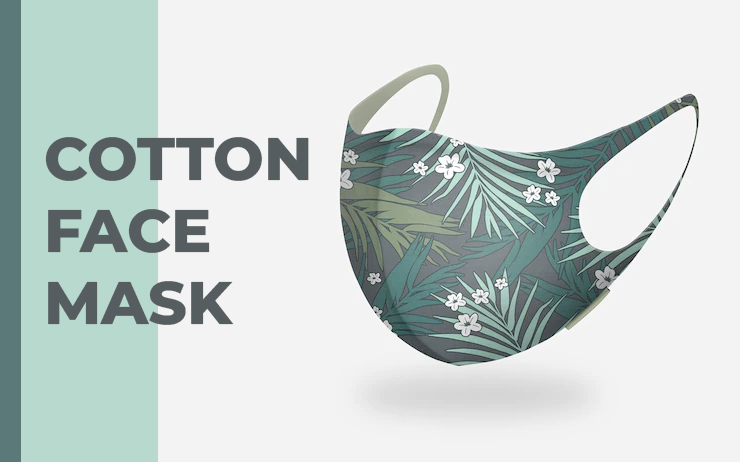
The cotton face mask is a very important product in the manufacturing industry because it is used by many companies to protect their workers from dust, dirt, and other harmful elements. The cotton face mask suppliers can be found in all parts of the world, but most of them are located in America.
Why cotton is the primary element used in a face mask?
This includes the ability to breathe through the mask, as well as filtration efficiency and pathogen obliteration. Cotton fabric has been found to be superior in all of these areas. According to research studies, cotton fibres have unique physical, chemical, and isoelectric qualities that make them superior to synthetic fibres such as polyester and nylon infiltration, as well as comfort and breathability.
Why do cotton face mask suppliers use cotton as a raw material?
The premium features of cotton fabric, induce viruses to cling more firmly to its fibers26, but dehydration is what ultimately renders them inactive6-8. And cotton is readily available and is one of a kind when it comes to face mask making.
Why cotton face masks are a hit?
The cotton face mask is a very important product in the manufacturing industry because it is used by many companies to protect their workers from dust, dirt, and other harmful elements. The cotton face mask suppliers can be found in all parts of the world, but most of them are located in America.
Challenges Faced
The challenges faced by cotton face mask suppliers are finding new customers and keeping up with demand for their products. The global market for cotton face masks has grown rapidly over the last decade, so it is not easy for them to keep up with this demand. Their biggest challenge is finding new customers because there are so many people who want to buy their products or services.
Market Size
At a compound annual growth rate (CAGR) of 11.1 per cent between 2021 and 2027, the global face mask market is expected to reach $9,052.1 million in 2027. COVID19, measles, influenza or mumps are some of the airborne infections that can be prevented by wearing a face mask. The nose, chin, and mouth are all protected by this half-face mask. Front-line health personnel, including first responders, nurses, and doctors, want face masks due to the infection of respiratory infection-oriented pandemic diseases like the deadly COVID19 or H1N1.
Conclusion The use of face masks has existed since time immemorial. And the use of cotton face masks dates back to the Manchurian phase of history. With the expansion in technology, new methodologies and technologies are being developed to make reusable and long-lasting face masks that can beat the odds of COVID-19. But till then cotton face masks form the cream of the Indian economy as more and more face mask suppliers are joining hands to amplify the produce.
The Respirators: International Standards, NIOSH-approved (Facts)
Consistent and proper usage of masks and respirators significantly reduces the spread of SARS-CoV-2, the virus responsible for COVID-19. There are varying degrees of protection offered by different masks and respirators, and some may be more uncomfortable to use regularly or provide less overall protection. Wearing a respirator or mask that fits well, is comfortable, and offers enough protection is of utmost importance. While a respirator made by a reputable N99 face mask manufacturer will offer some degree of protection, the best defence is provided by a respirator that fits snugly.
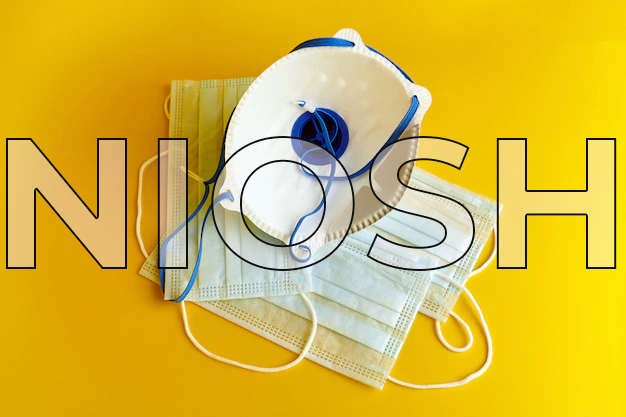
When compared to a cloth or procedural mask, a respirator’s filtration is superior, and when worn correctly, it can provide a higher level of protection. If your mask or respirator doesn’t fit properly, you don’t wear it correctly, or you take it off too often, it won’t protect your lungs as well as it could.
International Standardized Respirators
Some of the Respirators are so manufactured that they can qualify international standards. Some of the popular international respirators are as follows- KN95, KN100, PFF2, P3, PFF1, P2, DL2, DS2, etc.
Facts
- They are typically created according to specifications that do not mandate a certain level of quality.
- They remove different quantities of airborne particles per the criteria they were developed to fulfil.
- When properly adjusted, they form a tight seal around your face.
- All respirators are not created equal (a manufacturing flaw during N99 face mask manufacturer) so it’s crucial to find one that provides a snug and comfortable fit around your face.
Who should not use it?
People should not use respirators if it has vents or exhalation valves. And if it gets damp or unclean due to continuous usage, you must avoid them at all costs to wear them.
NIOSH-Approved Respirators
Various face-piece respirators with filters are NIOSH-approved. While N95 respirators are the most common, different options exist. The N100, R99, R100, and N99 respirators (made by the same company that makes the N99 mask) are equivalent to or superior to the N95 respirator.
Facts
- It traps the particles and droplets exhaled during breathing, preventing the spread of disease.
- When properly adjusted, they form a tight seal around your face.
- All respirators are manufactured with a different fit (manufacturing flaw)
- A NIOSH-approved respirator needs to be approved by the USA
- The respirators that pass NIOSH certification, offer 99% of particles (especially in N99 masks)
Who should not wear it?
With an efficiency of 99%, it is hard to breathe, so people having breathing difficulty might face a problem while wearing N99 masks. And while we combine the N99 mask with some other mask for double protection might somewhat lead to asphyxia or low oxygen levels.
Are respirators safe for children? N99 masks are so designed and manufactured by mask manufacturers that they are ideally fit for adults living or working in highly polluted areas. However, N99 masks are also available in smaller sizes. So, children can wear it. But in the long run, because of the high-efficiency level and also the snug fit, it might rub the children in a bad way.
How Can a Normal Business Become an N95 Face Mask Manufacturer?
The N95 mask is a type of respirator that has been used by frontline workers and people in high-risk areas. So, the potential of this sector is quite huge. So, to become a one-off N95 face masks manufacturer you need to have a mask making machine, an abundant supply of raw materials, and in-depth knowledge about the manufacturing process.
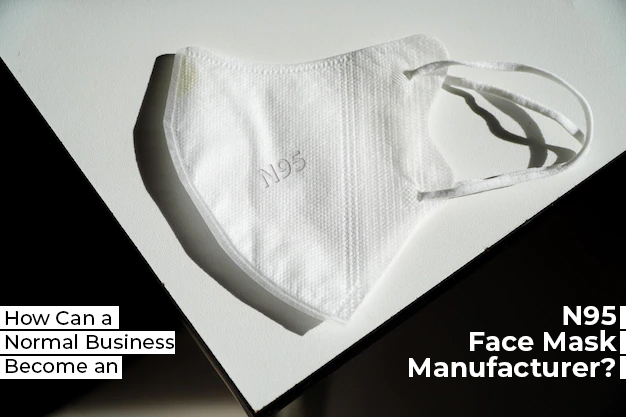
Let’s discuss them in detail:
The Mask making machine
This kind of machine is easily available, too, at an affordable price. This kind of non-woven mask machine is ideal for stitching, designing, and ensuring its robustness and flawless performance all day. Based on the technical specifications of your industry, this mask-making machine can be altered according to need.
Raw materials
The filtration material on the mask is an electrostatic non-woven polypropylene fibre.
The manufacturing process
It consists of three layers that are as follows:
- Spun bonding process: Spun bonding is used to make the two external protective layers of fabric that cover the inside and exterior of the mask. In spun bonding, threads between 15 and 35 micrometres are layered on a conveyor belt using nozzles that blow molten threads of a thermoplastic polymer (typically polypropylene), which solidify into the cloth as the belt moves down the line. Then, thermal, mechanical, or chemical methods are used to connect the fibres. The two outer layers of the respirator, which have a density of 20 to 50 g/m2, serve as a barrier to everything in the wearer’s exhaled air as well as protection from the outside environment.
- Pre-filtration layer: It is 250 g/m2 dense and has a filtration layer. A needled nonwoven is frequently used as the pre-filtration layer. To strengthen the cohesiveness of nonwoven materials, barbed needles are repeatedly inserted through the fabric to hook the fibres together. The pre-filtration layer is then put through a hot calendaring procedure, which involves passing plastic fibres through heated, high-pressure rolls to thermally bond them. The pre-filtration layer becomes thicker and more rigid as a result, enabling it to be moulded into the required shape and maintained throughout the use of the mask.
- Melt blowing process: The filtering efficiency is determined by a high-performance melt-blown electret (or polarised) nonwoven material in the final layer. In a procedure called “meltblowing,” which is related to “spun bonding,” numerous machine nozzles use air to spray threads of synthetic polymer that have been melted onto a conveyor.
Testing:
After manufacturing an N95 face masks manufacturer does the testing at it warehouse which are of following types:
- Particle penetration: Aerosolized charge neutralised sodium chloride spray with particles with a median size of.3 microns.
- Breathing resistance test: Exhalation resistance is done at 25 mm or below water column height while inhalation resistance is done at 35 mm or below water column height.
- Aerosol loading: Around 200ml of aerosol is loaded on the mask to test its filtration efficiency.
- Airflow Testing: 85 litres of air per minute of relatively high labour rate are completed.
Standardization These masks once made are shipped to the FDA where they are subjected to further tests like flammability, particulate filtration, biocompatibility, and even checking the resistance with fluids. Post-tests these masks are sent to NIOSH for further testing. The approval from both the bodies might take a couple of weeks to a couple of months.
PPE KITS: When and where to use them? Identify disposal programs?
As the COVID-19 pandemic spreads throughout the world, more and more patients are being brought to hospitals, where the high virus infection rate necessitates the use of personal protective equipment (PPE) for medical personnel. Additionally, many frontline employees are interested in purchasing PPE Kits online, which comprise single-use gloves, aprons, gowns, surgical masks, respirators, and face shields, goggles, or glasses.
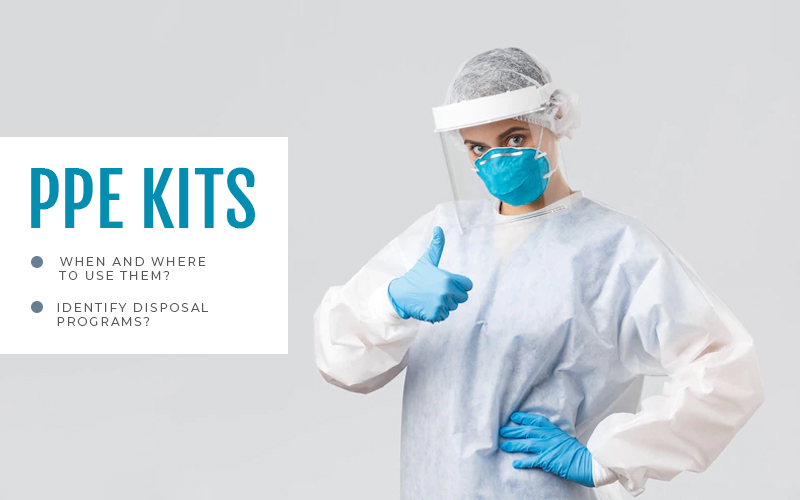
Best place to use PPE kits
- Immigration: All people at the immigration like the front desk executives, and security personnel, provide services to the passengers and all the passengers at the airport constantly communicating with them for full support.
- Risk: low risk
- Recommended PPE type: Triple layered mask
- Remarks: A minimum 1m of distance must be maintained with the person.
- Holding Area (APHO & FHO): It is a place where the clinical tests and observations are conducted for patients with positive symptoms and also for doctors, and nurses.
- Risk: Moderate risk
- Recommended PPE type: N95 mask
- Isolation facility for APHO: There are 2 places in this area. One for clinical management of doctors and nurses and the other for critically ill patients- highly -affected by COVID symptoms.
- Risk: Moderate Risk (non-patient area), High risk (critically affected area)
- Recommended PPE type: Moderate risk (choose N95 masks and gloves) and at high risk (use the full complement of PPE).
- Administration Department: The staff at this department are safe and pose no risk. So are not advised to use PPE kits.
- Sanitary staff: Staff responsible for cleaning surfaces are at moderate risk and should make use of N95 masks or gloves.
Disposal of PPE kits
Nowadays, people seem to prefer and purchase PPE Kits online. But still, they are unaware of disposal programs for these excellent devices.
Please first consult this DEFRA guidance and the recommendations from Public Health England when handling PPE trash.
PPE that hasn’t come into contact with an infectious source can be thrown away with the regular trash. Please take note of the following if PPE waste is exposed to potential cases:
- PPE needs to be placed in a plastic trash bag and sealed once it is full.
- After that, connect this plastic bag to a second trash bag.
- It should then be kept for 72 hours or until the person’s test results are known in a safe and secure location.
Things to Remember!
- Waste from PPE kits should be safely stored and kept out of children’s reach at all times. PPE waste should not be placed in public trash cans or left out for collection on the street. Please wait until the waste has been kept for at least 72 hours or when it is known that the test findings were negative.
- PPE kit can be disposed of with ordinary rubbish if the person’s test results are negative. If your PPE trash has not been in contact with the virus, there is no need to double bag it. By default, SELCHP receives all of the general garbage that we gather and safely destroys it.
- If the person’s test results are positive, keep the PPE kit for at least 72 hours and dispose of it with the rest of the trash.
Which mask should you choose?
Now, that’s a tricky situation. There are a number of masks on the market. And every mask, even the face coverings, has a certain protection value compared to walking around the market without a covering. Of course, our CDC has strongly recommended using masks that are NIOSH-approved. But we understand the masses are a bit confused because there are masks like KN95, a Chinese equivalent that is not NIOSH approved but is as good as N95 masks in most cases. But there are N99 masks which people buy N99 masks online, these offer approximately 99% of protection. But however, it offers not so comfortable type. And there is an acute shortage of N95 masks. So, what can we do at our best to cope with the current omicron situation?
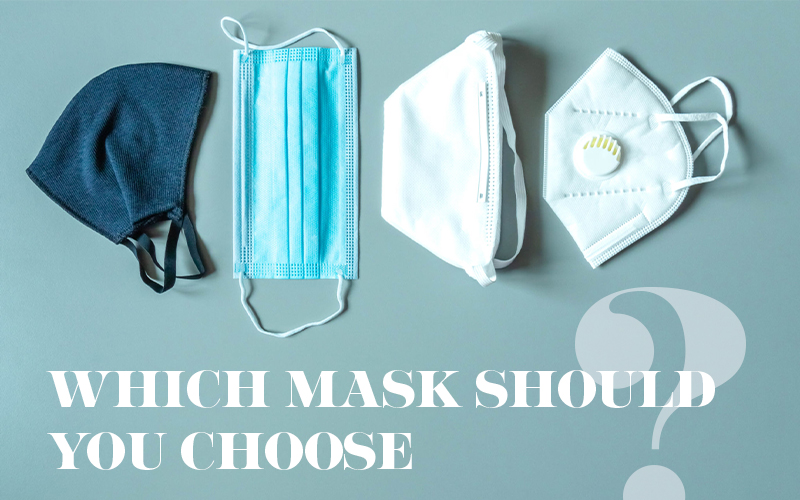
To understand better, we have listed some of the medical jargon in detail. Let’s start:
- OSHA vs. NIOSH: Many people believe that these two terms are interchangeable. This might not be the case, though. The National Institute for Occupational Safety and Health, or NIOSH, was established in 1970 as part of the Occupational Safety and Health Act, which Nixon had already signed into law. Occupational Safety and Health Administration. Furthermore, these two organisations are like two coins in one. They were created in different ways, but they collaborate to address corporate objectives and problems. OSHA addresses problems in a practical manner by closing down workplaces with poor safety standards, whereas NIOSH, a division of the CDC (The Centre for Disease Control), focuses on research and the endorsement of masks and mask makers.
- NIOSH-approved certifications: NIOSH is relevant here because they are the organization that sets the standards for each classification and performs the tests to certify different kinds of respirators and masks as they are produced. Each mask has three possible values: N, R, or P, as well as 95, 99, or 100. The main distinction between them and respirators is that they lack an airtight seal against the face. The 1st thing that NIOSH is going to see is whether the air seal is perfect or not. NIOSH will surely disapprove masks with improper air-seal.
- Ratings: Once you understand it, letter rating is actually quite easy. Oil-based particle resistance is not available for N-rated respirators. Resistant to oil-based particles is the definition of R-rated respirators. Although they are not ideal filters, they function well for a limited time. Oil-Proof respirators are those with a P rating. Compared to R-rated respirators, they are more effective in filtering out particulates.
- Percentage: 99-rated masks are capable of removing 99 per cent of particulates. This is typically acceptable for things like coarse construction dust and debris. Similar to how it is effective in the short term, it nonetheless exposes users to potentially hazardous particulate matter over a longer period of time.
Conclusion:
Depending on what you’re working with, a different level of protection may be required. For instance, if you’re working with fibreglass, you’ll need some level of protection, but N will probably be sufficient. Since fibreglass does not contain any oil-based particles, an N-rated respirator will do the job just fine. The level of comfort of the wearer is the next crucial consideration. And the next important factor is the wearer’s comfort level. If you are comfortable, then buy N99 masks online is a great idea. And if you are not so comfortable, then you can always choose an N95 mask for daily use.
At the end of the day, we should make sure that we always follow OSHA regulations at all times.
